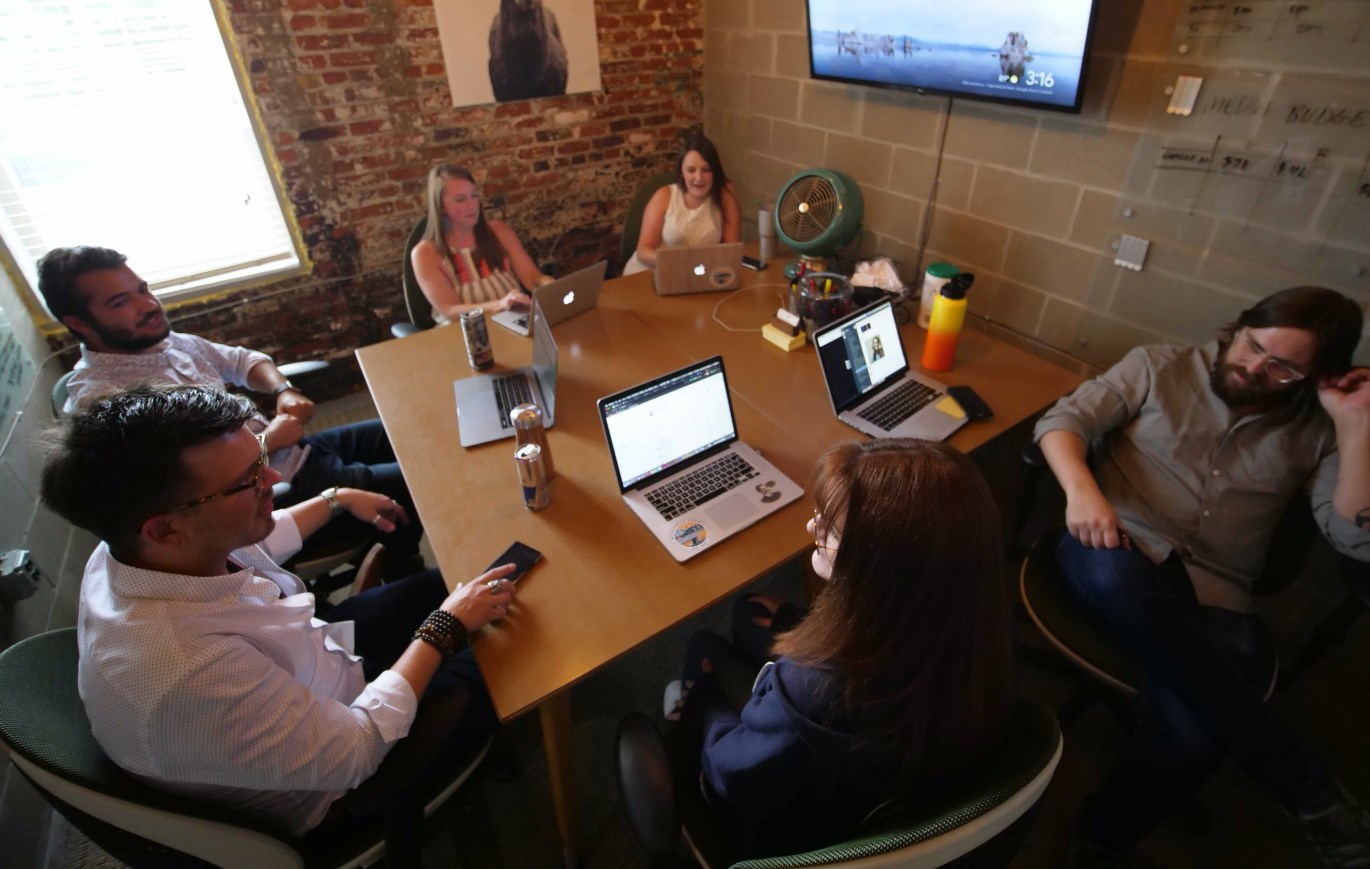
Problem Solvers
I’ll never forget sitting in my architecture design studio where I first heard about IDEO. All I remember was that they were the ones that invented things that were used on everyday products.
They were problem-solvers. They were idea people. People that thought outside of the box.
They would take an idea or random thought and sit down as an entire company and start jamming out ideas on post notes. No idea was too outlandish or “dumb”. It also didn’t matter who came up with the idea. 
You could have the principal of the firm or a junior designer coming up with an idea. The key to the success of that problem-solving exercise was they were looking for an answer by any means. It didn’t depend on the lens that the person had on, if the idea could be explored and dug into then it could be solved.
I wanted to be them. So I started to think outside of the box. This led me to sales.
If you look through my Linkedin, you will see a track of sales and marketing. If you boil that down, you’ll notice a pattern of problem-solving.
Sales is simply providing a solution to an issue or problem that needs to be solved. Sometimes people are aware of these problems and sometimes they need to be taught. Regardless, there are steps and processes that allow for investigation.
Discovering My Problem-Solving Style
The most important aspect is bringing a team together and letting creative people do what they do best by dissecting the problem and coming up with a solution that works.
For the last few years, I’ve been doing sales in the marketing and experimental world. My job was to go find the business. Start a conversation. I would bring the client and the client’s problem to my team. My art director, project manager, and designer would ask questions. We’d then come back together as a team and brainstorm. If we didn’t touch base after the brainstorm, all hell would break loose.
Where weakness would happen is when one part of the team would start making decisions without consulting the rest of the team. I’ll never forget looking at a project and saying, “that’s not what the client wanted!” The designer would say, “this is what I heard” and explain to me. I would then relay what I heard to them. We had obviously skipped a portion in the process and diverted a lot. This would leave me going into a mad rush to get the items fixed or adjusted and the design team scrambling to fix the problem.
Communication Is Key
Instead of objecting, you ask open-ended questions. It is the easiest way to expand on someone’s response. Can you imagine sitting down and asking a thousand yes or no questions? You will probably get a whole lot of yes and no answers and no real insight.
Dialogue-inducing, open-ended questions begin with:
- Tell me…
- Help me understand…
- How do you…?
- What is the purpose of…?
- Why did you…?
Remember that problem-solving at a company is a process. Two of my favorite idea-generating processes that I like to use are the following. One is called a lotus diagram. The lotus diagram is a brainstorming methodology that helps you expand on ideas. It also allows you to organize your thoughts and identify key themes. In the end, it is a great way to add a visual aspect the figuring out the solution. 
The premise is easy. You have a central idea in the middle of the chart. Then you come up with 8 ways to get to that middle item. Then you do the same for those 8 other ideas as to how you can achieve an end result.
Getting together as a group
My second favorite methodology is simply getting together as a group and coming up with 20-40 things that will improve the business. Every person involved in the activity will do this. Then as a team, you all come together and eliminate the duplicates. You create a list of the top 10 items that will improve the business, agreed upon by all. Everything is then broken down by sales, marketing, operations, and people. Finally, you decide what can be accomplished weekly, monthly, quarterly and yearly. The best part is getting to check things off your list throughout the year.
Ultimately, I hope you understand that approaching the problem by yourself won’t help you solve it any faster. I learned a long time ago that a good leader knows where his or her limitations are. They also know that it is okay to look to others on their team to fill those gaps.





